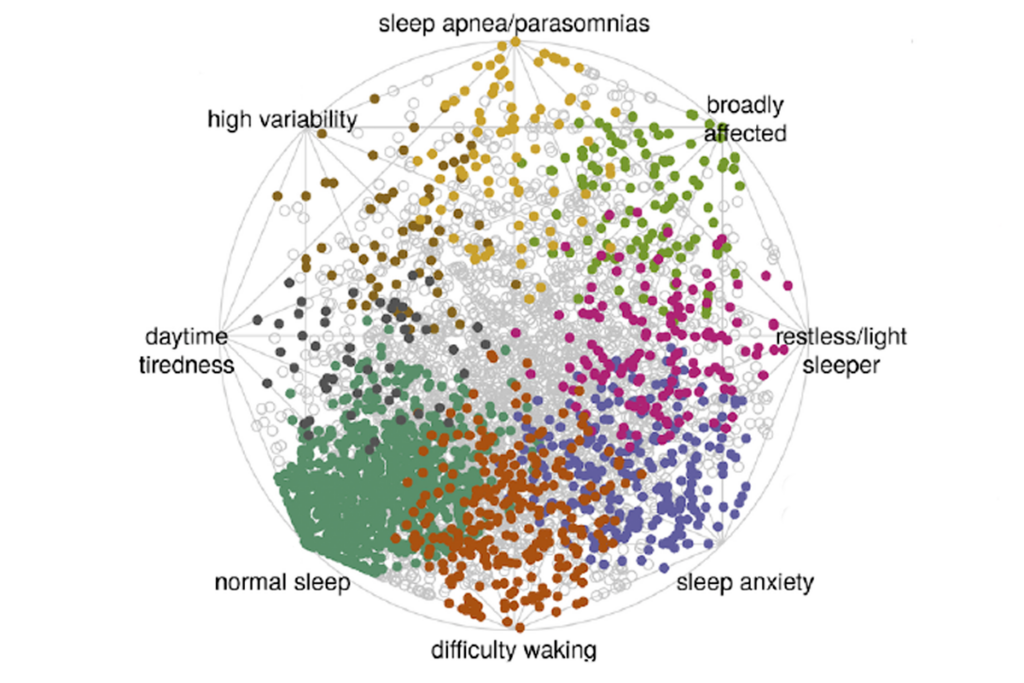
Peruse our picks for the best science photos published on Spectrum this year. We’ve showcased two videos below, too.
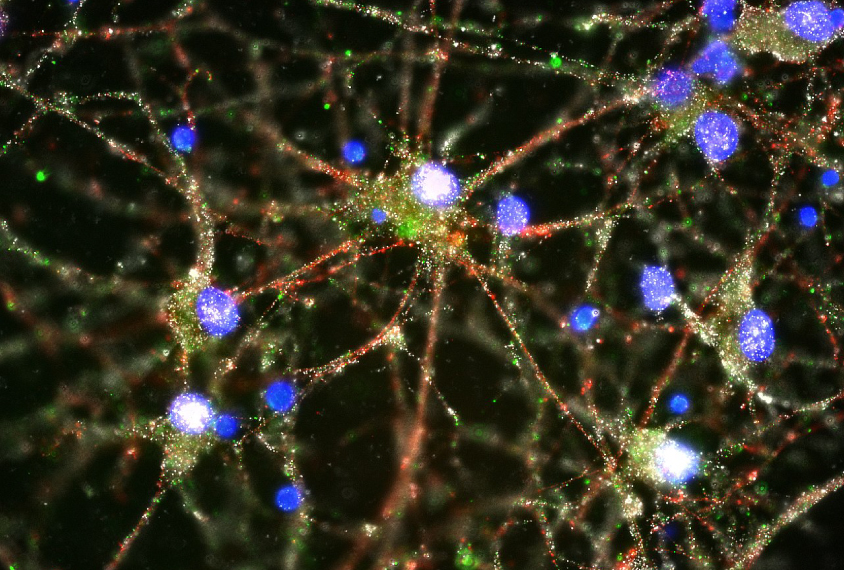
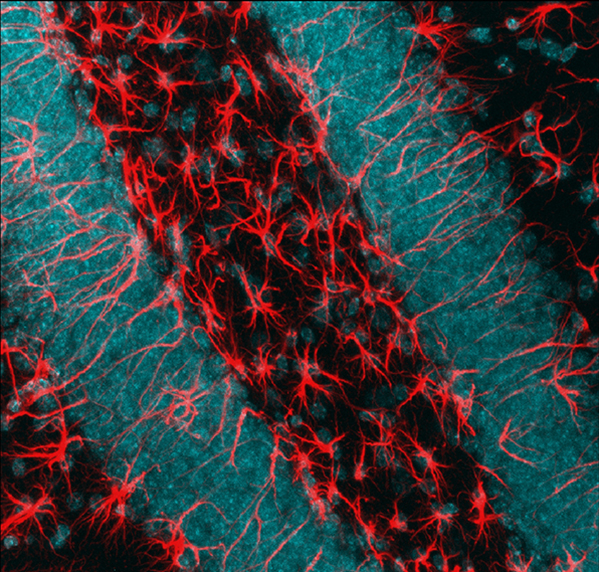
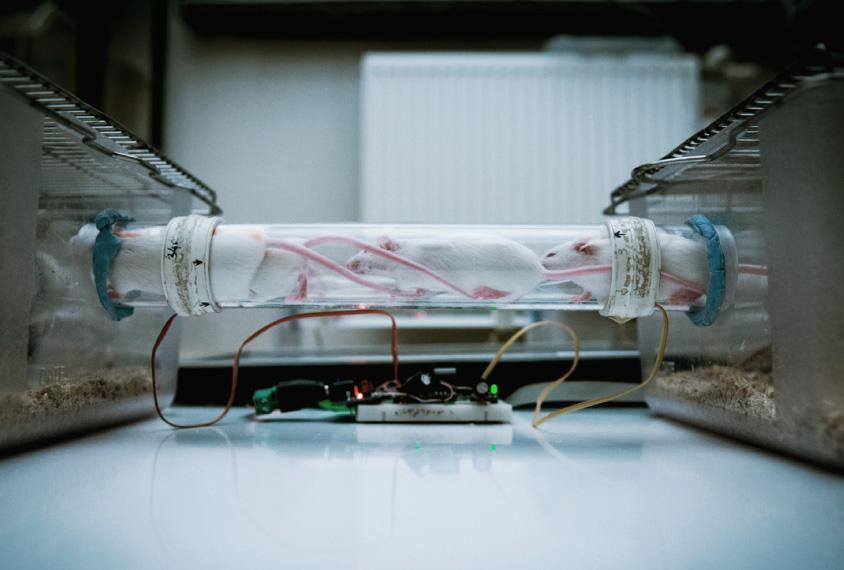
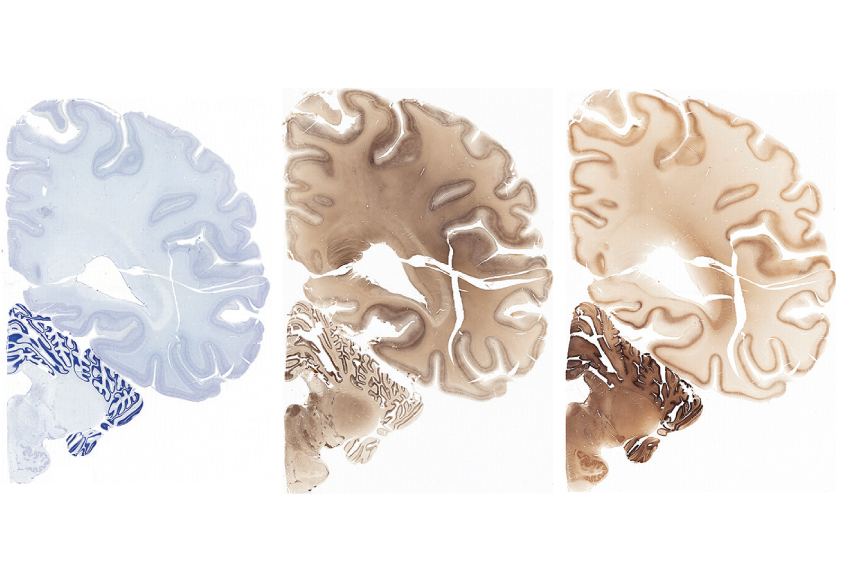
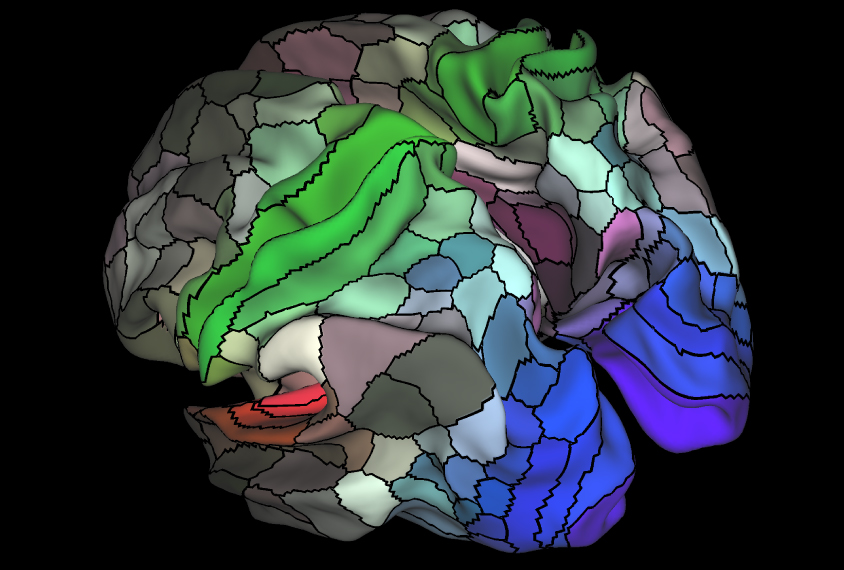
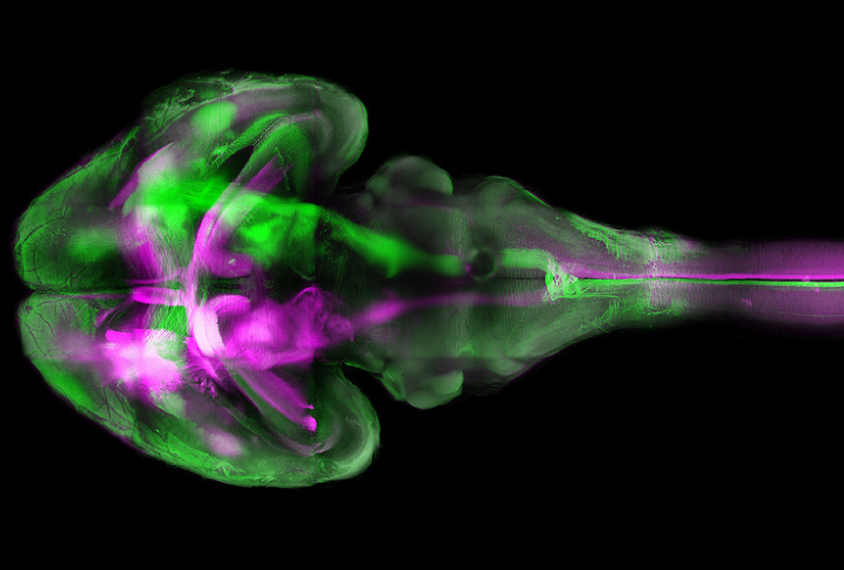
You’re it: ‘Complement’ proteins, in green, tag the junctions of human neurons, targeting them for destruction by immune cells called microglia.
Sorting cells: Cleared brain tissue contains a mix of neurons (nuclei shown in blue) and star-shaped cells called astrocytes (red).
Rainbow connections: Neurons that inhibit brain signals (green) adorn this microscope image of a zebrafish.
Almost home: A new cage for lab mice mimics the animals’ natural burrows, providing a realistic environment for studies of social behavior.
Slices of life: To paint a portrait of a single human brain, scientists colored the tissue with stains that mark certain cells and their parts.
Mosaic mind: A map of the brain’s surface divides each hemisphere into 180 functional areas, including those that govern hearing (red), vision (blue), and sensation and movement (green).
Color cascade: Different nerve tracts glow green or purple in this transparent mouse brain.
Live wires: In this tangle of cells from a tiny piece of mouse brain, a network of neurons (red) spring to action when a mouse sees a certain image.
Baking a brain: Culturing spheres of neurons that resemble the human brain can help scientists understand the effects of the Zika virus or the origins of autism.
Riot of red: Scientists can turn on a top autism gene, SHANK3 (red), after mouse brains are fully formed.
Recommended reading

Expediting clinical trials for profound autism: Q&A with Matthew State
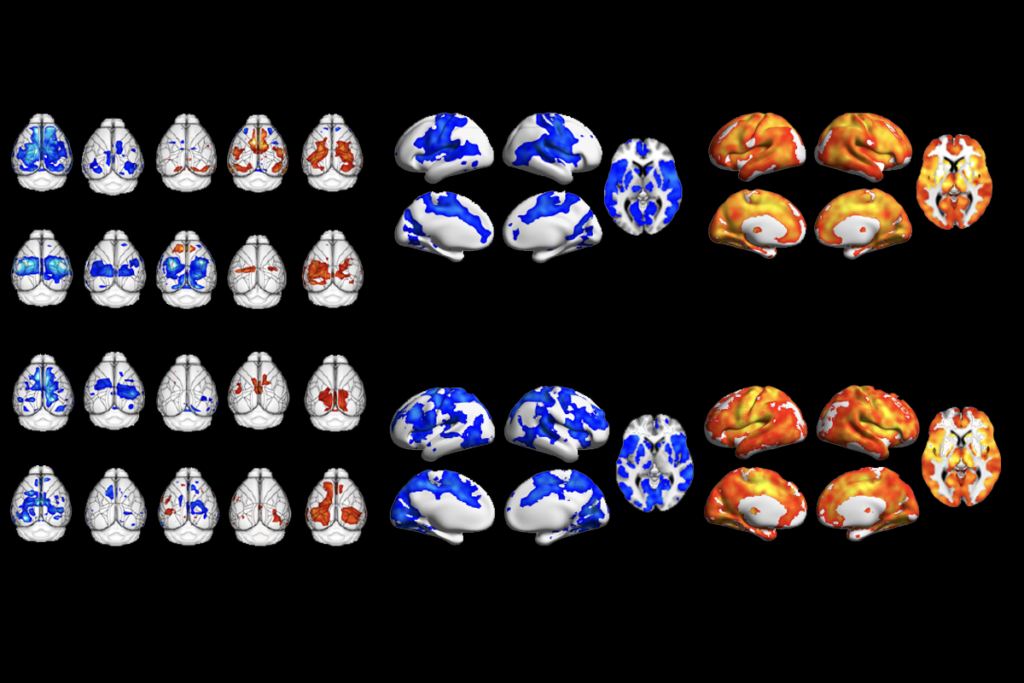
Too much or too little brain synchrony may underlie autism subtypes
Explore more from The Transmitter
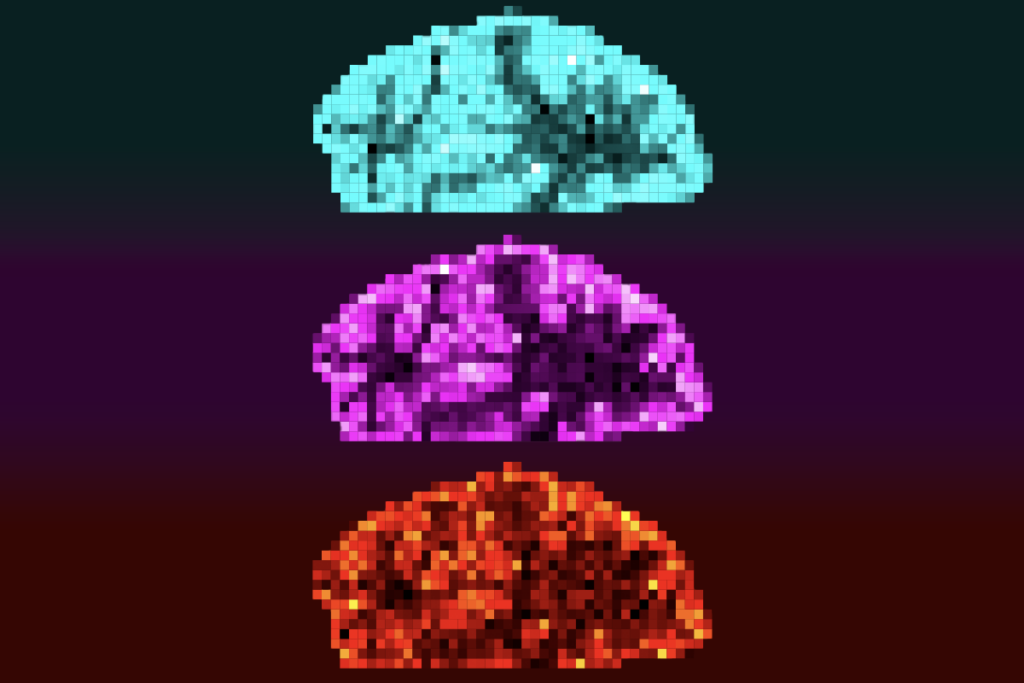
Mitochondrial ‘landscape’ shifts across human brain

